13 Sci-Fi Movies Set in the Past That Rewrite History With a Futuristic Twist
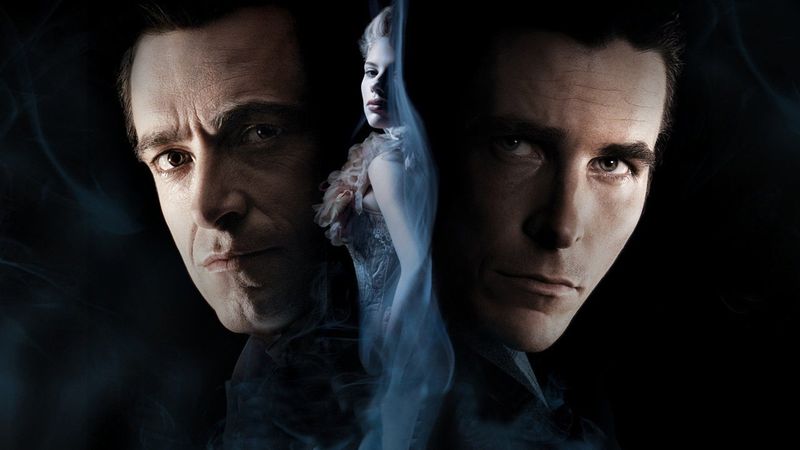
Science fiction doesn’t always need to blast off into the future. Sometimes, the most fascinating sci-fi stories unfold in the past, creating mind-bending alternate histories or explaining mysterious events through a speculative lens. These films transport viewers to bygone eras while introducing fantastical technology, otherworldly creatures, or scientific concepts that feel both impossible and strangely plausible.
1. 65 (2023)
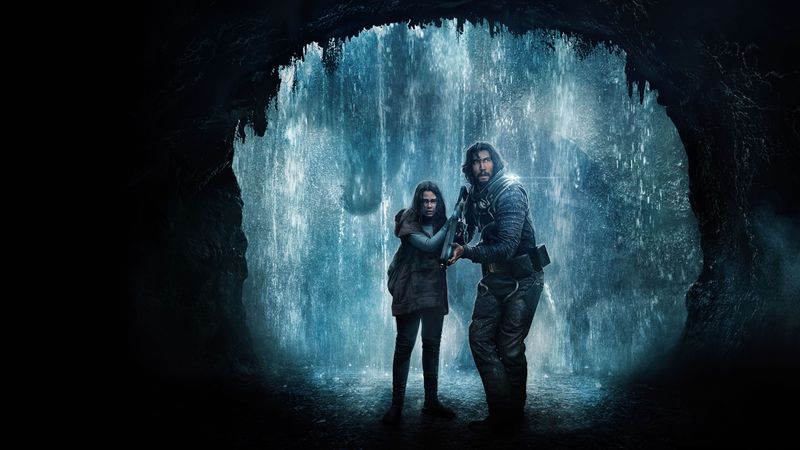
Adam Driver stars as a pilot who crash-lands on what he discovers is prehistoric Earth in this tense survival thriller. Released in 2023, the film throws modern technology against the backdrop of Earth 65 million years ago, creating a fascinating juxtaposition of human ingenuity and primordial danger.
The dinosaurs aren’t just window dressing—they’re terrifying obstacles in a desperate race against extinction. As Driver’s character protects a young survivor while searching for their escape pod, the film explores themes of parenthood and redemption.
What makes ’65’ special is how it transforms familiar sci-fi tropes by placing them in Earth’s distant past rather than on an alien planet.
2. Apollo 10 ½: A Space Age Childhood (2022)
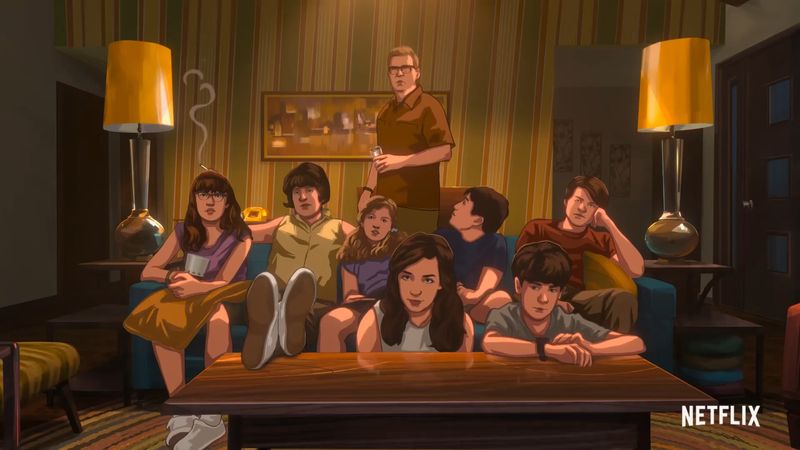
Richard Linklater’s animated gem blends coming-of-age storytelling with space-race fantasy. Set in Houston during the Apollo 11 mission, the film follows a young boy who imagines being recruited by NASA for a secret lunar mission because they accidentally built a lunar module too small for adult astronauts.
The rotoscoped animation style perfectly captures the hazy, dreamlike quality of childhood memories. Linklater weaves actual historical events with fantastical elements, creating a love letter to both 1960s Americana and childhood imagination.
The film stands out by showing how sci-fi dreams influenced regular kids during humanity’s greatest adventure, rather than focusing on the actual astronauts or mission control.
3. Prey (2022)
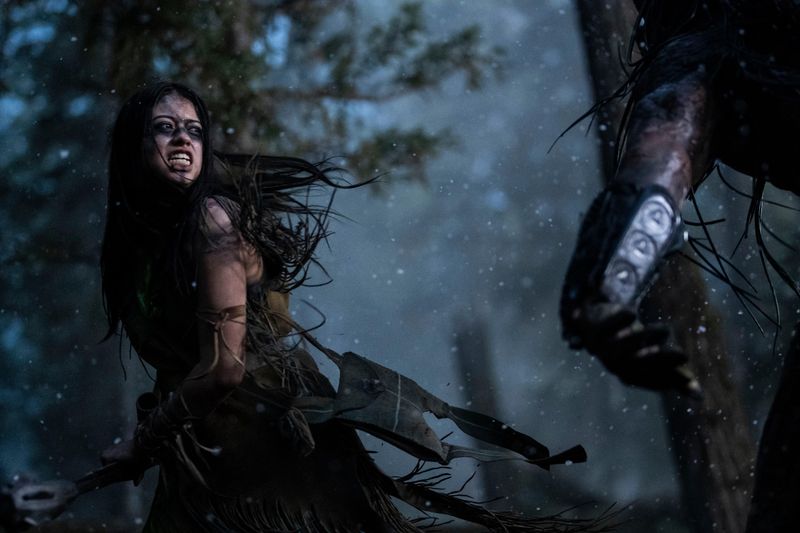
The Predator franchise gets a thrilling historical makeover in this 2022 prequel. Set in the Northern Great Plains of 1719, the film follows Naru, a young Comanche warrior who encounters an alien hunter during its first visit to Earth.
Director Dan Trachtenberg brilliantly contrasts primitive weapons against advanced alien technology. The historical setting provides fresh perspectives on the franchise’s themes of hunting, honor, and adaptation.
Amber Midthunder delivers a standout performance as Naru, whose observational skills and resourcefulness make her a worthy opponent for the technologically superior extraterrestrial. The film’s period-accurate portrayal of Comanche culture adds depth while maintaining the sci-fi action that fans expect.
4. Poor Things (2023)
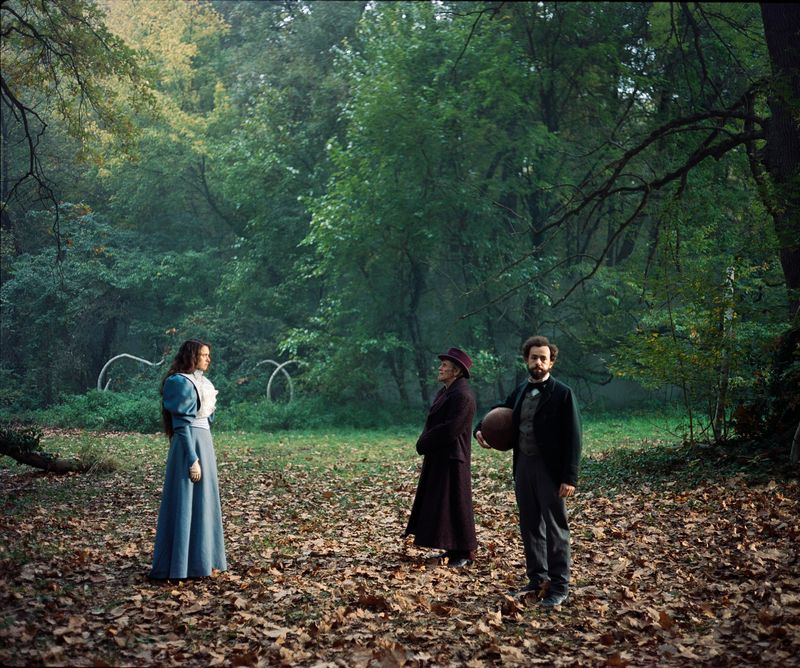
Set in Victorian-era Europe, the film follows Bella Baxter, a woman resurrected by an eccentric scientist who replaces her brain with that of her unborn child. Yorgos Lanthimos’ surreal 2023 masterpiece reimagines the Frankenstein myth through a feminist lens.
The steampunk aesthetic creates a world both familiar and alien—recognizably Victorian yet filled with bizarre scientific contraptions. Emma Stone’s performance as Bella, discovering the world with childlike wonder while developing her own agency, anchors the film’s exploration of identity and autonomy.
Unlike traditional period pieces, ‘Poor Things’ uses its historical setting to examine contemporary issues of bodily autonomy and societal expectations through a fantastical scientific premise.
5. Godzilla Minus One (2023)
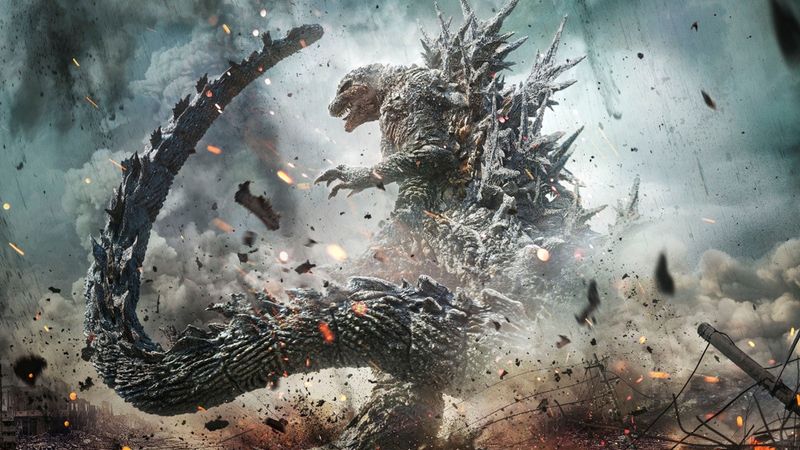
Japan’s most famous kaiju gets a powerful historical reimagining in this 2023 film. Set in post-WWII Japan during American occupation, the movie follows traumatized kamikaze pilot Kōichi Shikishima as he confronts both personal demons and a giant radioactive lizard.
Director Takashi Yamazaki masterfully weaves Japan’s post-war national trauma with kaiju spectacle. The historical setting isn’t just window dressing—it’s essential to the film’s exploration of guilt, redemption, and rebuilding.
The visual effects create a Godzilla that feels genuinely terrifying against the backdrop of a nation already devastated by war. The film honors the original 1954 Godzilla’s atomic age allegory while finding new emotional depths in its historical context.
6. Captain America: The First Avenger (2011)
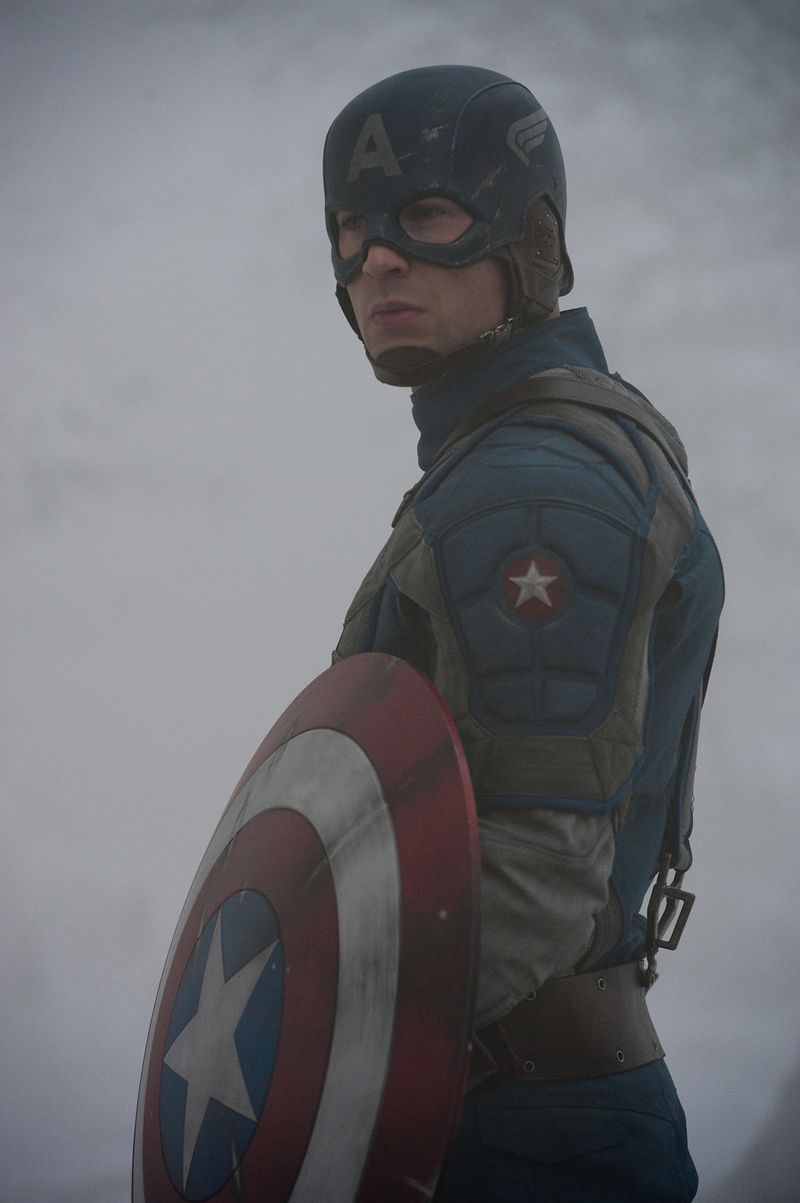
This superhero origin story brings comic book science to the battlefields of World War II. Steve Rogers, a scrawny but determined young man rejected by the army, becomes America’s super-soldier through an experimental serum developed to fight Hitler’s forces.
Director Joe Johnston captures a stylized 1940s aesthetic that feels like a Norman Rockwell painting with sci-fi elements. The Red Skull’s advanced HYDRA technology creates a fascinating alternate history where secret Nazi science divisions developed weapons far beyond their time.
Chris Evans brings earnest charm to Steve Rogers, whose old-fashioned values contrast with the film’s speculative technology. The period setting allows the film to explore heroism through a nostalgic lens while establishing the MCU’s technological foundations.
7. Back to the Future (1985)
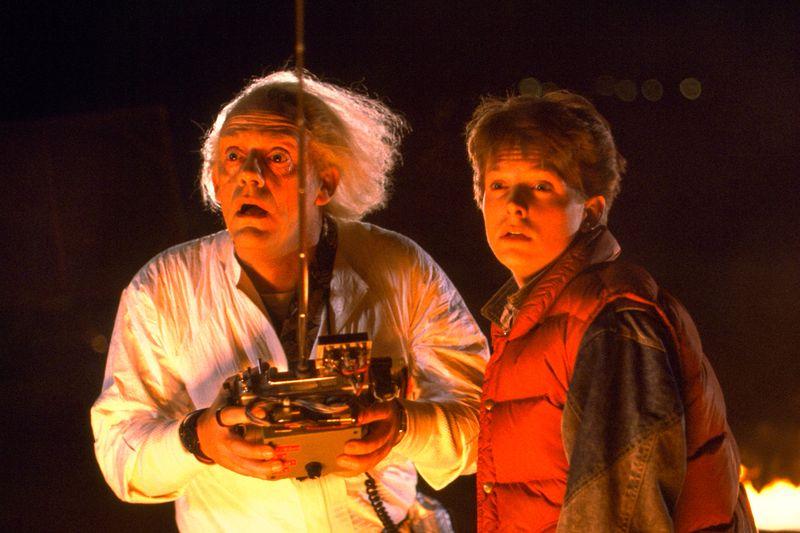
Robert Zemeckis’ classic sends teenager Marty McFly back to 1955 in a DeLorean time machine. When he accidentally prevents his parents’ first meeting, Marty must play matchmaker while helping eccentric scientist Doc Brown find a way to return him to 1985.
The film brilliantly contrasts 1980s culture against the seemingly innocent 1950s. Michael J. Fox’s charismatic performance anchors the fish-out-of-water comedy as Marty navigates high school life alongside his teenage parents.
Beyond its entertaining premise, the film explores how our perceptions of our parents change when we see them as peers. The time-travel mechanics remain some of the most accessible and internally consistent in science fiction, helping the film remain timeless despite its period settings.
8. The Iron Giant (1999)
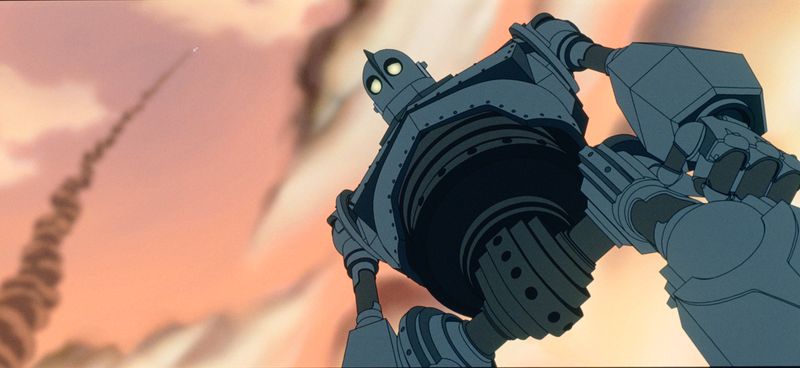
Brad Bird’s animated masterpiece transports viewers to small-town Maine during the height of Cold War paranoia. A young boy named Hogarth discovers and befriends a massive alien robot with mysterious origins and devastating capabilities.
The film’s 1950s setting perfectly captures America’s nuclear anxiety and anti-communist hysteria. Government agent Kent Mansley embodies the era’s paranoia, while Hogarth represents childhood innocence and openness to the unknown.
Beyond its gorgeous animation, the film uses science fiction to deliver a powerful anti-war message. The Giant’s journey from weapon to conscious being who chooses his own identity (‘You are who you choose to be’) resonates across generations, making this period sci-fi story timeless.
9. The Prestige (2006)
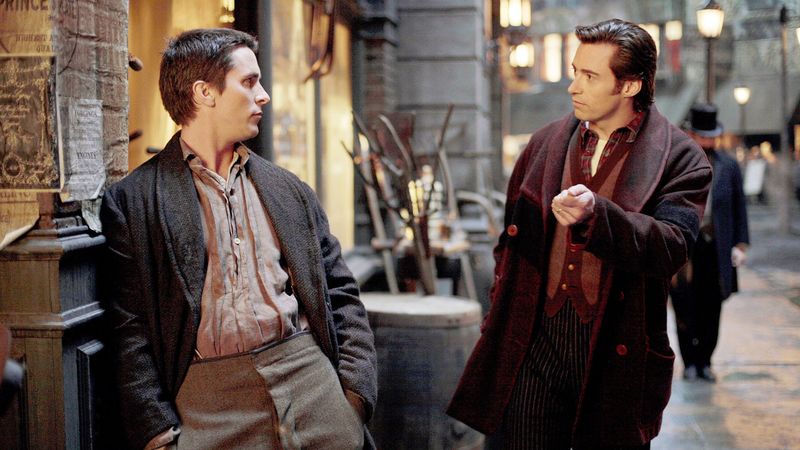
Two rival magicians, played by Hugh Jackman and Christian Bale, engage in an escalating battle of wits and tricks that leads to obsession and tragedy. Christopher Nolan’s 2006 thriller blurs the line between stage illusion and actual science in Victorian London.
The film’s historical setting provides the perfect backdrop for exploring the thin boundary between advanced technology and apparent magic. David Bowie’s portrayal of real-life inventor Nikola Tesla adds historical credibility to the speculative elements.
Unlike conventional period dramas, ‘The Prestige’ introduces genuine science fiction concepts into its Victorian setting. The film’s famous twist hinges on whether seemingly impossible feats result from masterful deception or breakthrough technology that would change human understanding of physics.
10. The Shape of Water (2017)
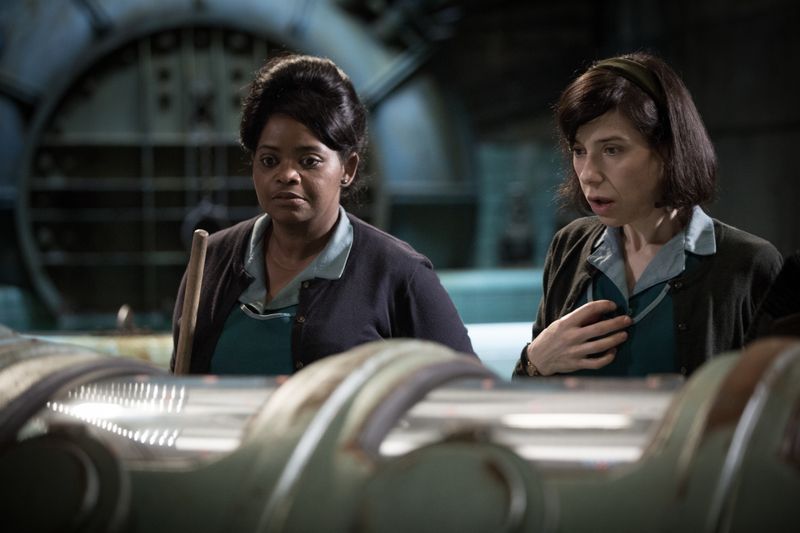
Guillermo del Toro’s Oscar-winning fantasy transports viewers to early 1960s Baltimore during the height of the Cold War. Elisa, a mute janitor at a government facility, discovers and forms a bond with a mysterious amphibian creature being studied as a potential Cold War asset.
The film’s production design creates a lush, green-hued world that feels both historically accurate and dreamlike. Del Toro uses the period setting to explore themes of otherness and connection across boundaries, with the government’s treatment of the creature reflecting broader societal prejudices.
Michael Shannon’s government agent embodies the era’s paranoia and conformity, while Sally Hawkins’ Elisa represents those living on society’s margins who find beauty in the extraordinary.
11. The Rocketeer (1991)
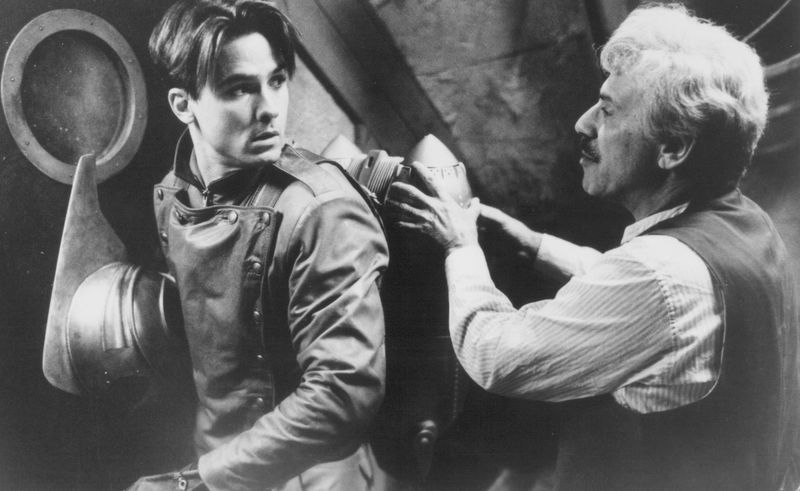
Joe Johnston’s adventure film brings pulp comic aesthetics to life in pre-World War II Hollywood. Stunt pilot Cliff Secord discovers a prototype jetpack created by Howard Hughes, transforming him into a high-flying hero battling Nazi spies.
The film lovingly recreates 1938 Los Angeles with its art deco architecture and golden age of Hollywood glamour. The rocket pack itself represents the era’s optimistic view of technology—sleek, powerful, and full of promise.
Billy Campbell’s earnest performance as Secord captures the straightforward heroism of the period’s adventure serials. The film stands out by placing its sci-fi element—the experimental jetpack—within a carefully reconstructed historical context where it feels both fantastical and somehow plausible.
12. Sky Captain and the World of Tomorrow (2004)
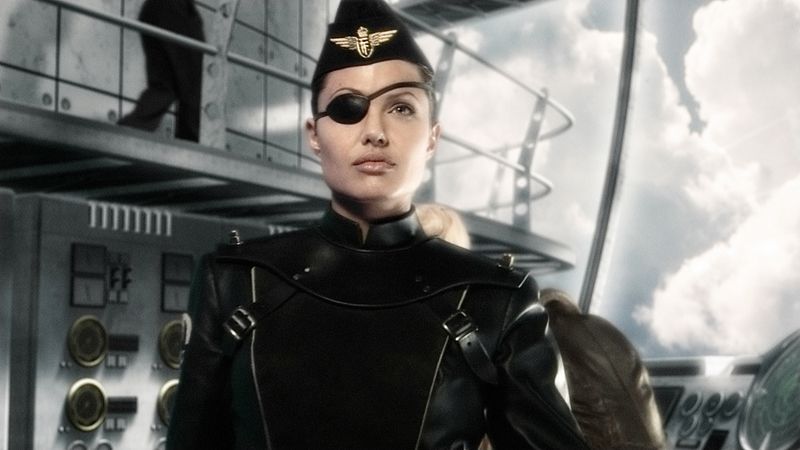
When scientists begin disappearing worldwide, reporter Polly Perkins and flying ace Joe Sullivan investigate giant robots attacking major cities. Kerry Conran’s visual feast imagines an alternate 1939 where retro-futuristic technology exists alongside zeppelins and fedoras.
The film’s groundbreaking digital environments create a sepia-toned world inspired by pulp magazines, early comics, and German expressionist cinema. Every frame feels like a vintage illustration come to life, with ray guns and flying fortresses existing alongside classic cars and art deco skyscrapers.
Jude Law and Gwyneth Paltrow channel the rapid-fire banter of classic screwball comedies against this fantastical backdrop. The film celebrates the optimistic futurism of the pre-WWII era while acknowledging the darkness looming on the horizon.
13. Cowboys & Aliens (2011)
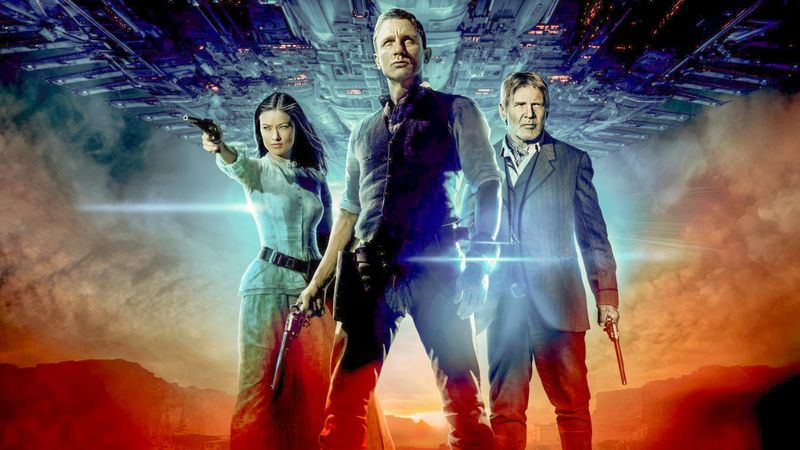
Jon Favreau’s genre mashup brings extraterrestrial invaders to the American frontier in 1873 Arizona Territory. Amnesiac outlaw Jake Lonergan wakes up with a mysterious metal bracelet that proves to be advanced alien technology—and possibly humanity’s only defense against the invaders.
Daniel Craig and Harrison Ford lead a cast that approaches the material with surprising gravitas. The film treats both Western and sci-fi conventions with respect, creating tension between 19th-century firearms and alien blasters.
The stark desert landscapes provide a striking backdrop for the alien technology. What makes the film special is how it maintains Western themes of frontier justice and redemption while introducing extraterrestrial threats, suggesting that human nature remains constant even when facing the utterly unknown.

Comments
Loading…